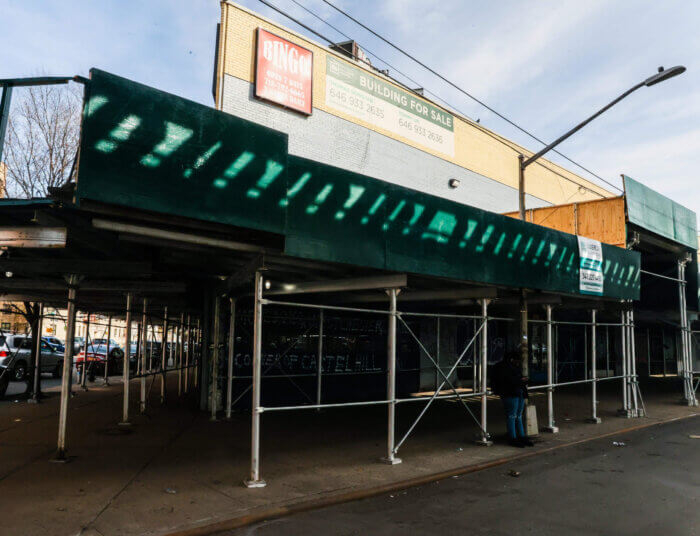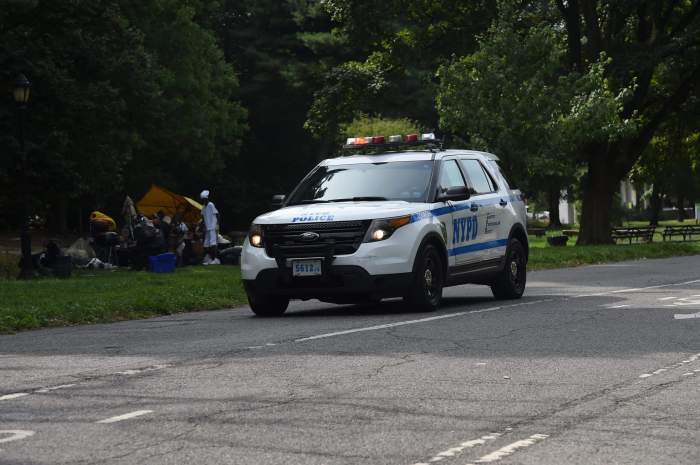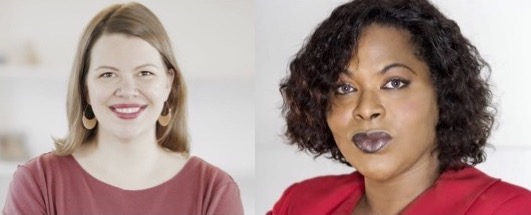Bronx community boards are seeking action from the New York City Council for what they say are unfair homeless shelter siting policies, the Bronx Times has learned.
In a letter obtained by the Bronx Times that was sent to Deputy Speaker Diana Ayala’s office on Aug. 1, leadership from seven out of the Bronx’s 12 community boards (CB) outlined their concerns with current siting policy or lack thereof – saying that their districts have been disproportionately burdened by the city Department of Homeless Services (DHS).
They’re hoping Ayala, whose council district overlaps Manhattan and the Bronx, will use her “power to hold the Department of Homeless Services accountable for their lack of a shelter siting policy, their refusal to provide data on shelter operations, and failure to conduct Community Advisory Board (CAB) meetings for local shelters,” according to the letter.
Ayala chairs the council’s General Welfare Committee, which oversees DHS.
Those who signed the letter include: Bronx CB1 District Manager Anthony Jordan, Bronx CB2 Chair Roberto Crespo, Bronx CB3 District Manager Etta Ritter, Bronx CB4 Chair Robert Garmendiz, Bronx CB5 Chair Angel Caballero, Bronx CB6 District Manager Rafael Moure-Punnett, and Bronx CB12 District Manager George Torres II. All signatories signed on as individuals, not on behalf of their whole boards — which are just now coming out of their summer hiatus.
“With DHS unwilling to create a citywide policy, the real estate industry is deciding where shelters go,” the letter reads. “This abdication of responsibility from the city has allowed select neighborhoods to resist shelters in affluent areas of each borough.”
The fight over homeless shelter siting has been an ongoing issue in the Bronx. But the most recent impetus for policy change was this summer, after the city announced it was planning on bringing a new homeless shelter to Webster Avenue in the Fordham section of the borough.
Bronx residents, officials push back on new homeless shelter coming to Webster Avenue
Back in June, Bronx CBs 5 and 6 blasted DHS at a joint town hall meeting for what they said is an oversaturation of homeless shelters in their community districts (CDs) and a lack of both clear siting policy and transparency on the issue. Although officials said DHS representatives were invited to attend the town hall, none showed up.
Moure-Punnett, of Bronx CB6, who has been spearheading the effort this summer, cited multiple reports of New Yorkers protesting homeless shelters coming to their neighborhoods at the June meeting, saying that areas with the privilege to mobilize are the ones that continue resisting shelters. Areas that have little to none of the city’s shelters, he said, include southwest Queens, southwest Brooklyn, most of Staten Island and parts of the East and North Bronx.
Data from a 2021 DHS map documenting homeless shelters indicates that the Bronx had 129 shelter locations two years ago, the borough with the second-highest number of facilities after Brooklyn, which had 130. That equated to just about 29% of all the city’s shelters in 2021, despite being the borough with the second lowest population.
Bronx CD6 (Belmont, Crotona, West Farms area) had the highest number of shelters with 21, followed closely by CD5 (Fordham, University Heights area) with 20.
According to 2021 metrics from the Census Reporter, the only Bronx community district without a shelter, CD11, which encompasses the neighborhoods of Allerton, Indian Village, Morris Park, Pelham Gardens, Pelham Parkway and Van Nest, has a median household income of $57,394 — the lowest of any district without a shelter across the five boroughs. That’s compared to Bronx CD5, where the average is $34,894, and Bronx CD6, which has only a $30,148 median household income.
Moure-Punnett, who began approaching other community boards about the DHS shelter issue after the June town hall meeting, told the Bronx Times on Thursday that signatories of the letter are hoping Ayala’s voice as the chair of the General Welfare Committee will elicit more impact, “. … the idea being that she could use the committee to follow up on the concerns in this letter.”
“My concern is that this is a citywide issue,” he said. “What we’re looking for is CAB (Community Advisory Board) meetings for all shelters so that there can be community oversight, and that’s why we’re taking this kind of larger approach.”
Moure-Punnett added that he hasn’t reached out to Bronx CBs 7 through 11 or community boards in other NYC boroughs.

Malek Al-Shammary, Ayala’s director of communications, confirmed with the Bronx Times on Thursday that the councilmember has not yet responded to the letter — but is working on scheduling a meeting with Bronx community board signatories.
Ayala — who spent time as a child and teenager living in New York City homeless shelters herself — told the Bronx Times that she has had conversations with DHS about starting “from a place of fairness” when it comes to siting policy.
In an interview with the Bronx Times last month, Ayala recognized the oversaturation issue — noting that in her council district there are upwards of 40 homeless shelters. District 8 includes the neighborhoods of East Harlem, Mott Haven, Highbridge, Concourse, Longwood and Port Morris.
She told the Bronx Times that underserved communities like the ones she represents might actually be doing a disservice to people experiencing homelessness.
“The thing is that it’s a very poor community, there aren’t as many resources there, transportation is difficult,” Ayala said. “So it almost feels inhumane to put people in positions where they’re going to have a harder time trying to navigate their day to day.”
The issue has been especially exacerbated this spring and summer.
Title 42 — a set of rules that allowed federal officials to turn away asylum seekers at the U.S.-Mexico border during the COVID-19 pandemic — expired on May 11, which has caused a large influx of migrants who have arrived in the city this spring and summer. And because New York City is a Right-To-Shelter sanctuary, the Big Apple has been tasked with accommodating roughly 10,000 every month. As of mid-July, there were a recorded 105,800 migrants living in New York City shelters — 54,800 of them recent arrivals.
Ayala said she understands the concerns addressed in the letter and shares many of them. But because of both her personal experiences in the system and the ongoing migrant crisis, she said the solution isn’t so simple.
“The community boards are absolutely right … when there are limited locations for folks, everything is on the table,” Ayala said. “That’s where it’s a little bit tricky.”
Reach Camille Botello at cbotello@schnepsmedia.com. For more coverage, follow us on Twitter, Facebook and Instagram @bronxtimes
























